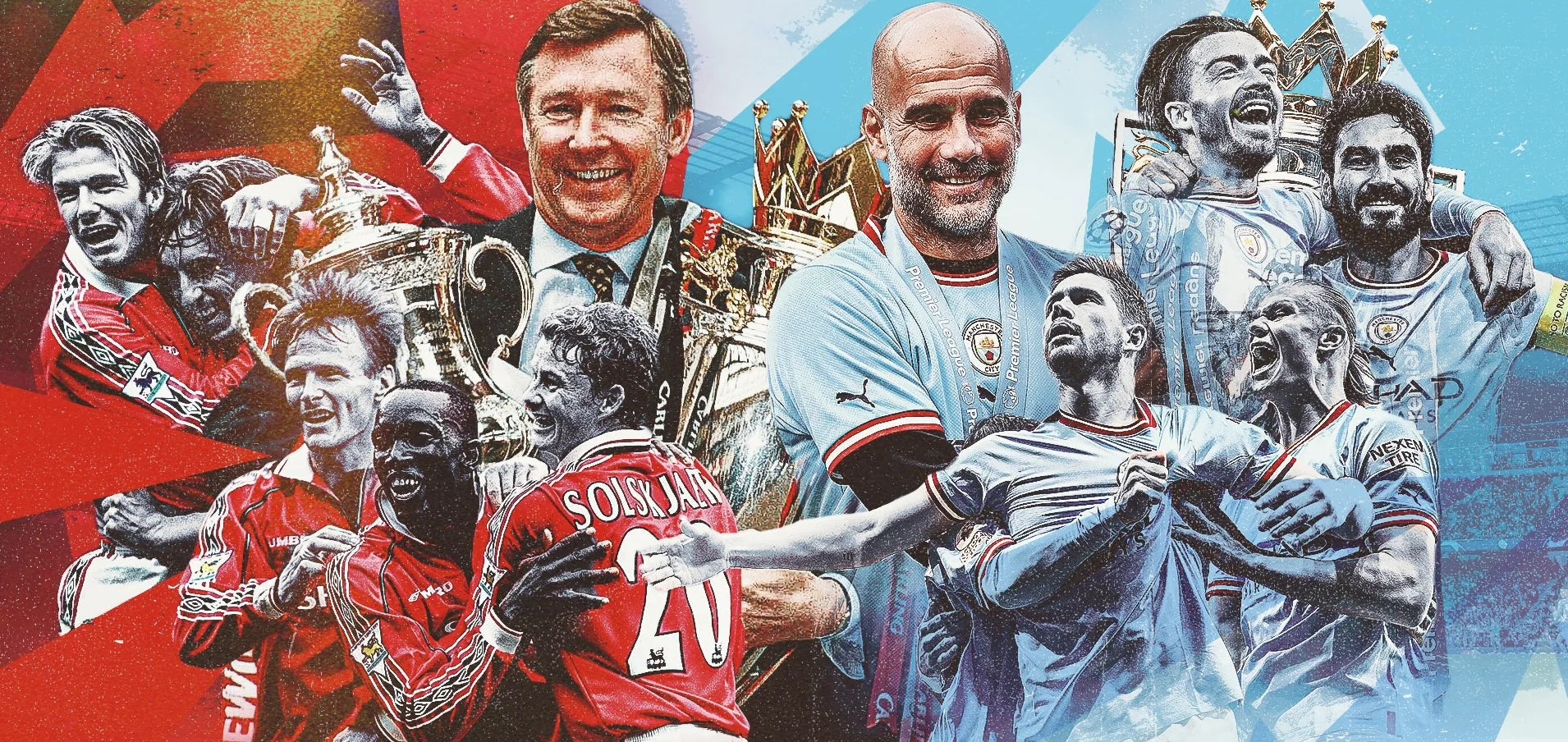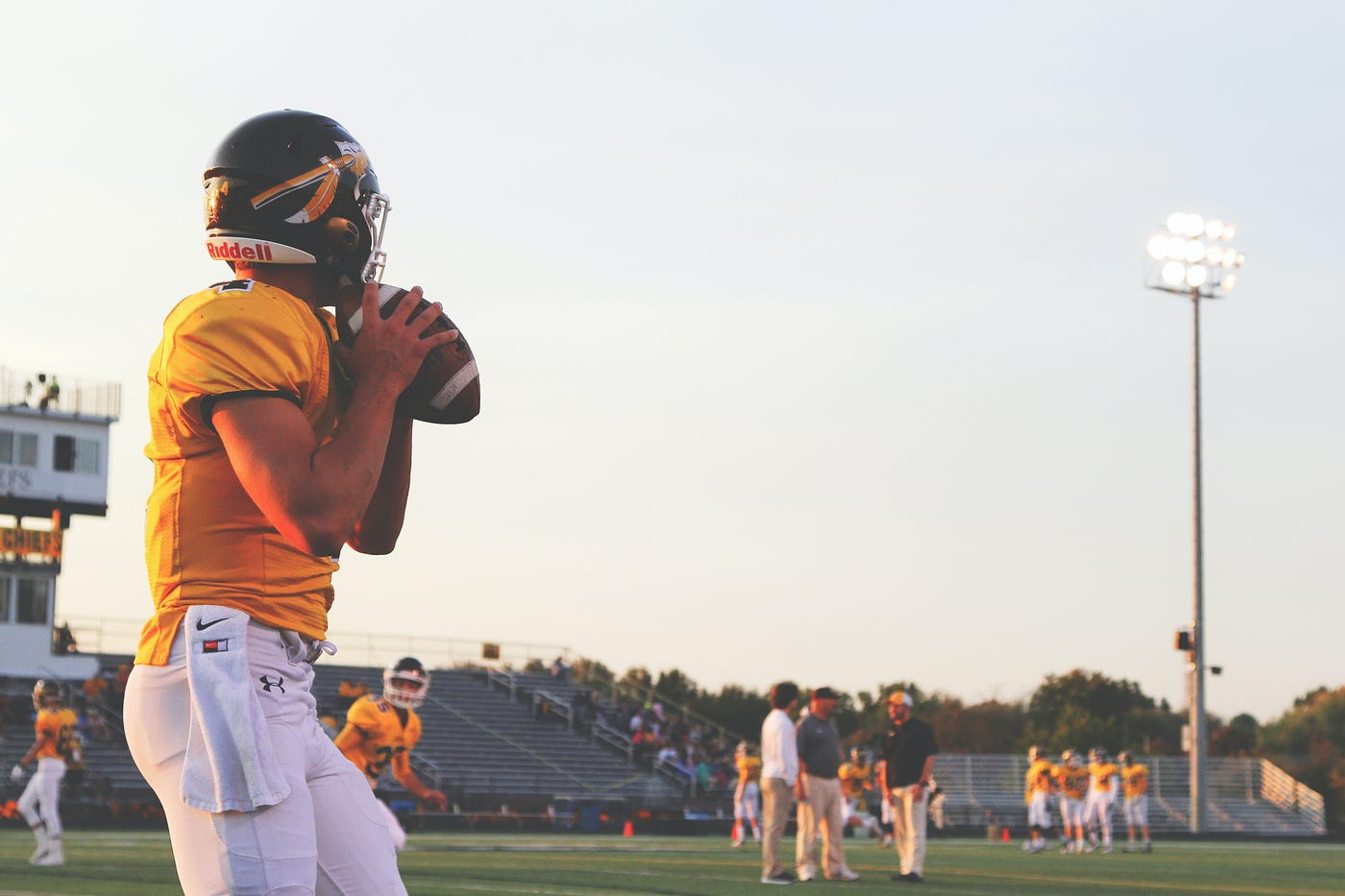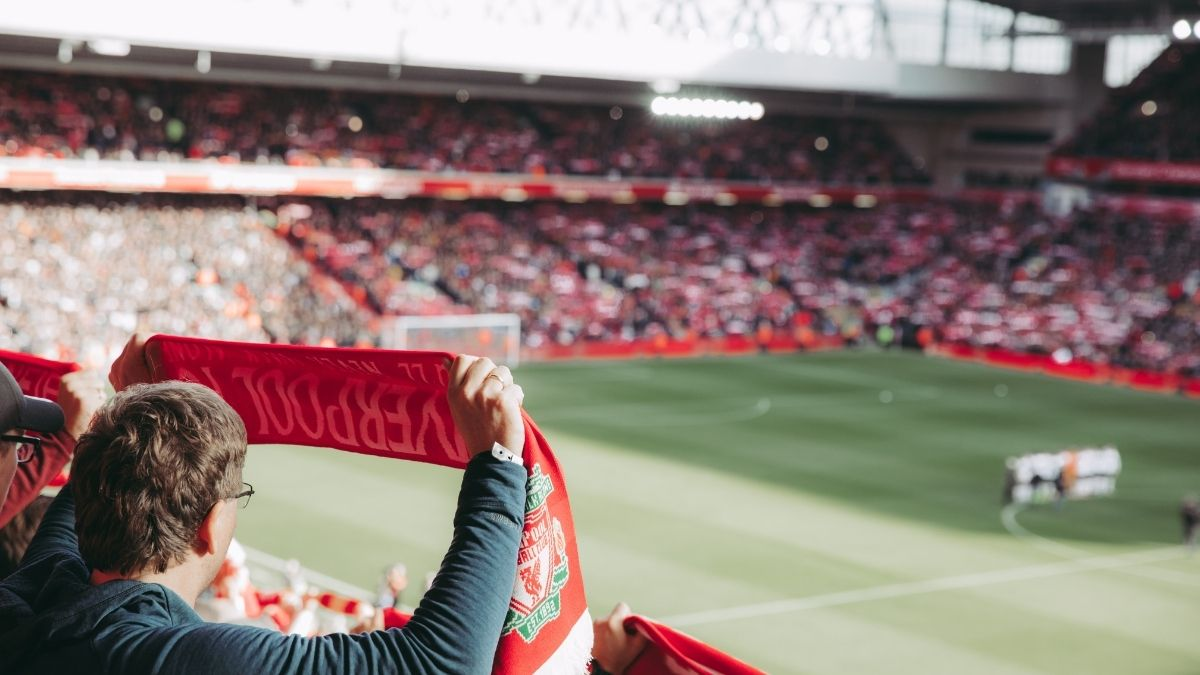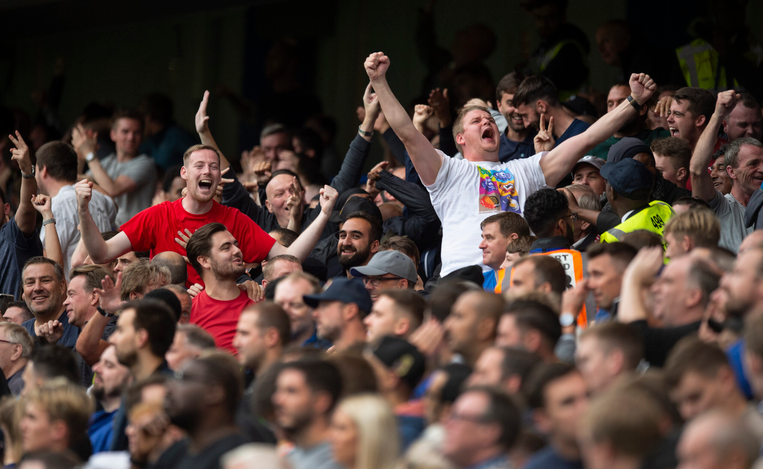esportelo.com – The rivalry between Manchester United and Manchester City is one of the most intense and storied in the world of football. Rooted in decades of competition, this clash extends far beyond the pitch, shaping the identities of both clubs and their passionate fanbases. The Manchester derby, as it is known, represents not only a battle for local bragging rights but also a reflection of the social, cultural, and economic divisions within the city.
Historical Context
The rivalry dates back to the late 19th century when the two clubs first met in 1881. However, it wasn’t until the mid-20th century that the competition began to intensify as both clubs grew in stature. Manchester United, with their global fanbase and illustrious history, often represented the city’s traditional footballing power. Meanwhile, Manchester City, long seen as the underdog, symbolized the working-class communities of Manchester.
Fan Culture
The contrasting fan cultures of the two clubs are a defining feature of the rivalry. Manchester United’s supporters, often drawn from across the globe, are known for their unwavering loyalty and pride in the club’s rich history. The club’s success under Sir Alex Ferguson further cemented its position as one of the most popular and widely supported teams in the world.
On the other hand, Manchester City fans have built their identity around resilience and local pride. The club’s supporters remained devoted during years of struggle, including spells in the lower divisions. This unwavering loyalty earned City fans a reputation for being among the most dedicated in English football.
Modern Rivalry
The rivalry has evolved dramatically in recent years, particularly following Manchester City’s transformation into one of the world’s wealthiest clubs after their 2008 takeover by the Abu Dhabi United Group. City’s newfound financial power and subsequent on-field success have shifted the balance of power in Manchester, turning the derby into a clash between two footballing giants.
Matches between the two sides have become high-stakes encounters, often with significant implications for league titles and cup competitions. The intensity of the rivalry is palpable both on and off the pitch, with passionate fan displays, heated social media exchanges, and vibrant atmospheres at Old Trafford and the Etihad Stadium.
Cultural Impact
The Manchester derby transcends football, reflecting broader cultural and social dynamics within the city. The rivalry highlights themes of tradition versus modernity, local pride versus global appeal, and underdog resilience versus established dominance.
Both sets of fans engage in elaborate pre-match rituals, from songs and banners to pub gatherings and marches. The chants exchanged between the two sides often reference historical moments, legendary players, and the shifting fortunes of the clubs.
Conclusion
The rivalry between Manchester United and Manchester City is more than just a footballing contest—it is a reflection of the city’s identity and a testament to the passion of its people. As both clubs continue to compete at the highest level, the Manchester derby remains one of the sport’s most captivating spectacles, uniting and dividing fans in equal measure. Whether in triumph or defeat, the passion of Manchester’s footballing faithful ensures that this historic rivalry will endure for generations to come.






